LE TECNICHE IMPLEMENTATE
Il sistema di prevenzione (AVC PS)
Il sistema di prevenzione che sarà installato ha la seguente struttura e funziona questa maniera (Figura 1): Una serie di sensori a infrarossi (PIR) e/o una telecamera termica (1) registrano la presenza di un animale che si avvicina alla strada e inviano questa informazione a una centralina elettronica di controllo (2). Questa centralina fa azionare un segnale per allertare gli automobilisti (3), invitandoli a ridurre la velocità. Un sensore radar doppler (4) posto sul palo del cartello stradale, misura se il veicolo rallenta. Se questo avviene, il sistema si ferma a questo punto. In caso contrario il radar Doppler invia un segnale alla centralina di controllo, che attiva il sistema di dissuasione acustica (5), con la funzione di allontanare l’animale per prevenire un suo eventuale attraversamento.
Il funzionamento di questo sistema è controllato da un modem, che invia una email ogni volta che una delle componenti si attiva (sensori per registrare la presenza degli animali e dissuasione acustica), e invia anche informazioni sul livello di carica delle batterie. Inoltre, si possono ricevere informazioni sul funzionamento dei cartelli per invitare gli automobilisti a rallentare, e se i veicoli rallentano o meno in risposta all’attivazione dei cartelli .
E’ stato inoltre sviluppato uno specifico software per registrare tutte queste informazioni, così come una App attraverso la quale è possible controllare e cambiare le impostazioni delle differenti componenti del sistema.
Il valore aggiunto di questo sistema è quello di entrare in funzione solamente in situazioni di rischio, ovverosia quando c’è la presenza di un animale vicino alla strada e c’è un veicolo che procede a velocità troppo elevata. Questo dovrebbe contribuire a ridurre l’abituazione sia degli animali che dei guidatori, e inoltre favorisce la connettività ambientale.
Nell’ambito del progetto LIFE STRADE 17 sistemi di prevenzione sono stati installati nell’Italia centrale. L’efficacia del sistema nel ridurre gli incidenti stradali è stata del 100%. Complessivamente i sistemi sono stati attivi per 2.399 giorni. I sensori che registrano la presenza di animali vicino alla strada si sono attivati 7.459 volte, mentre la dissuasione acustica si è azionata 4.635 volte (indicando il passaggio di veicoli quando un animale era vicino alla strada).
Figura 1. Il funzionamento del sistema di prevenzione AVC PS
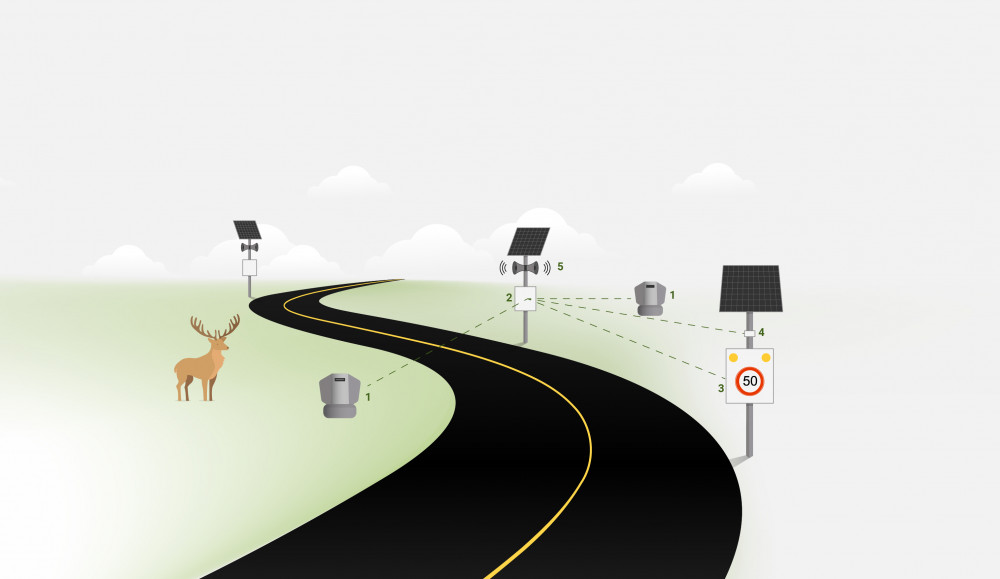
Barriera virtuale
La barriera virtuale consiste in una serie di dispositivi che emettono luci e suoni, installati sui delimitatori della carreggiata (Figure 2 e 3), ed è progettata per scoraggiare gli animali dall’attraversamento della strada quando sta passando un veicolo. Questi dispositivi vengono attivati dai fari dei veicoli e una volta attivati emettono luci e suoni per allontanare gli animali. I componenti della barriera virtuale sono posizionati su entrambi i lati della strada ad una distanza di 50 metri uno dall’altro e sono alimentati da un pannello solare.
Questo tipo di barriera virtuale sarà complementare all’installazione dei sistemi di prevenzione, per aumentare la lunghezza del tratto stradale messo in sicurezza.
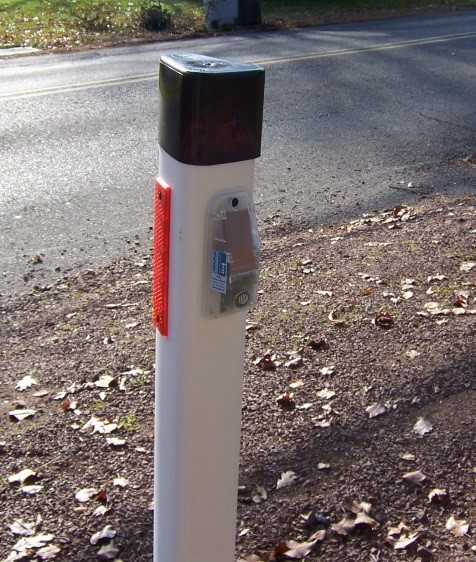
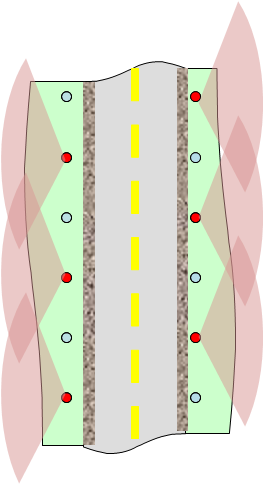
Figura 2. Un dettaglio della rete virtuale Figura 3. Il funzionamento della rete virtuale
Neuromarketing
Il Neuromarketing è un nuovo campo di marketing che utilizza tecnologie mediche per studiare il comportamento dei consumatori e monitorare le risposte cognitive ed affettive a uno stimolo.
Nell’ambito del progetto la tecnica del neuromarketing sarà utilizzata per studiare la reazione di un campione di persone alle differenti caratteristiche (colori, parole, fotografie etc.) di specifici pannelli stradali, in modo da realizzare dei cartelli maggiormente efficaci da un punto di vista comunicativo.
Le differenti tecniche del Neuromarketing possono riguardare:
1. La risonanza magnetica funzionale (fMRI), che misura l’attività cerebrale rilevando i cambiamenti associati al flusso sanguigno mentre veniamo impegnati in diverse attività.
2. L’elettroencefalogramma (EEG) è un metodo di monitoraggio che registra l’attività elettrica del cervello.
3. La topografia a stato stazionario (SST) è un metodo per osservare e misurare l’attività del cervello umano.
4. Nella codifica facciale specifici sensori sono applicati al viso e misurano anche i minimi movimenti dei muscoli. Viene usata per categorizzare l’espressione fisica che accompagnano le emozioni.
5. Il tracciamento oculare è un sistema specifico per tracciare il movimento degli occhi, per capire dove effettivamente si concentra lo sguardo delle persone.
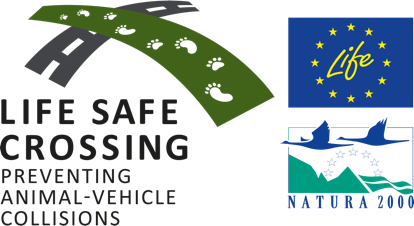
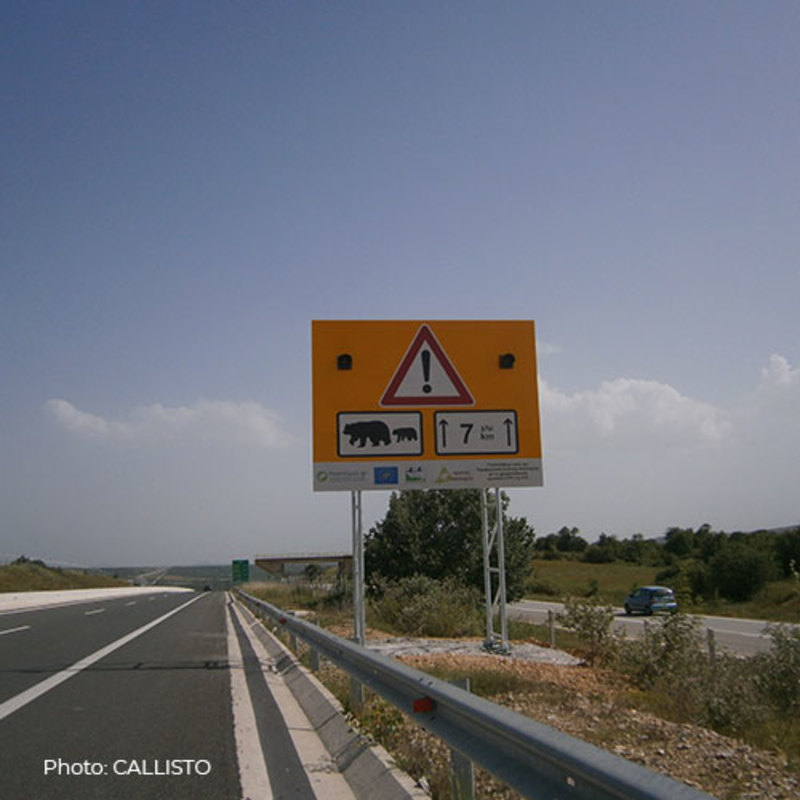
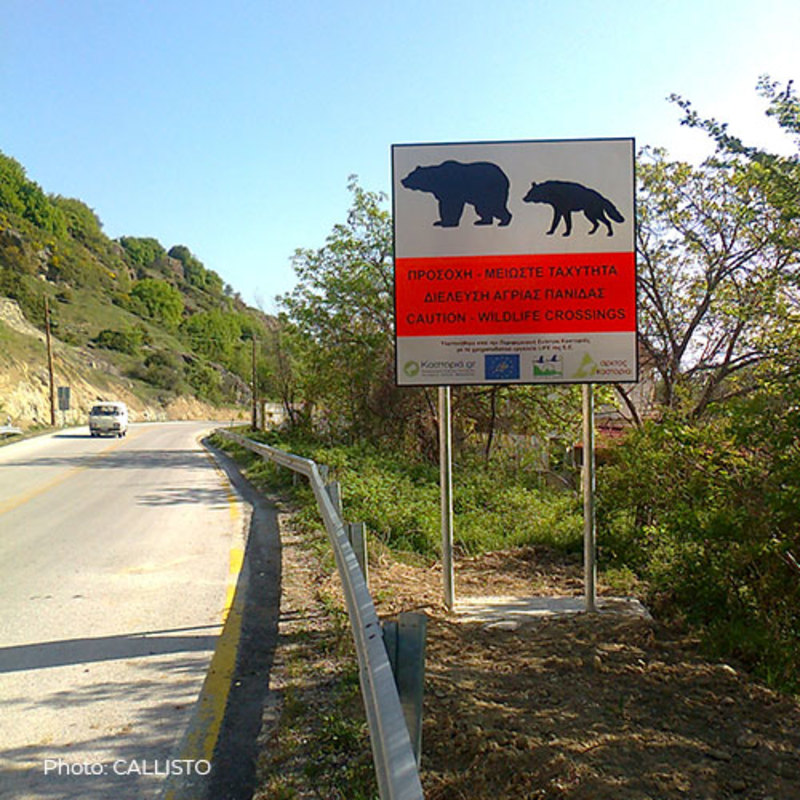
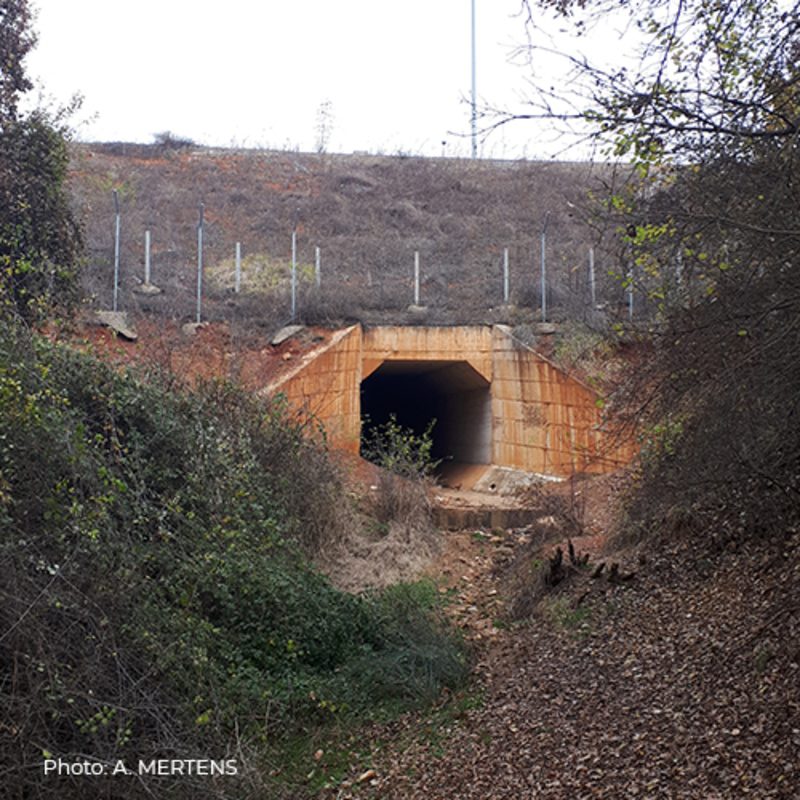
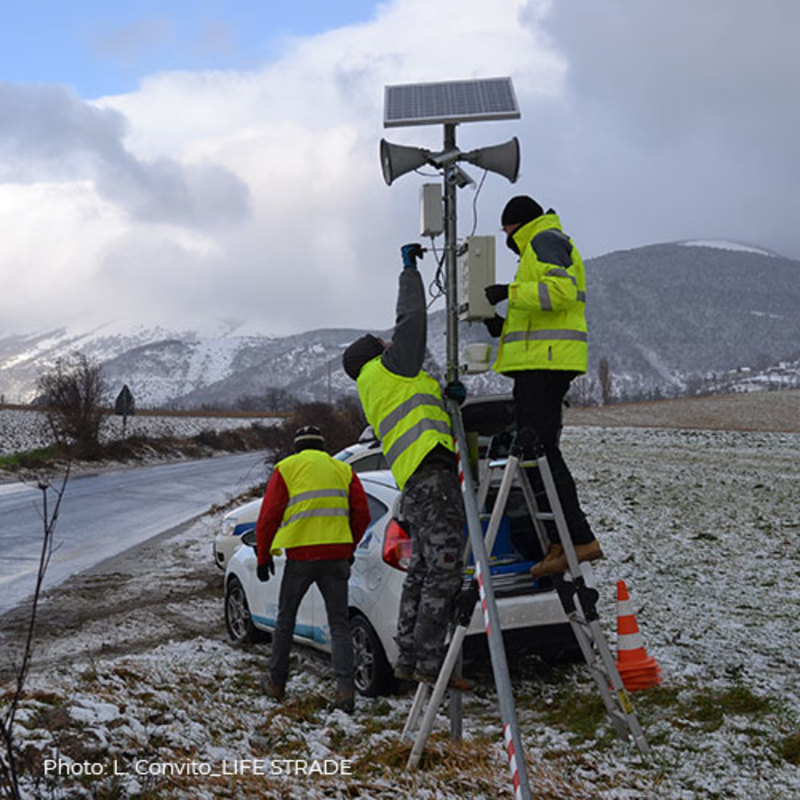
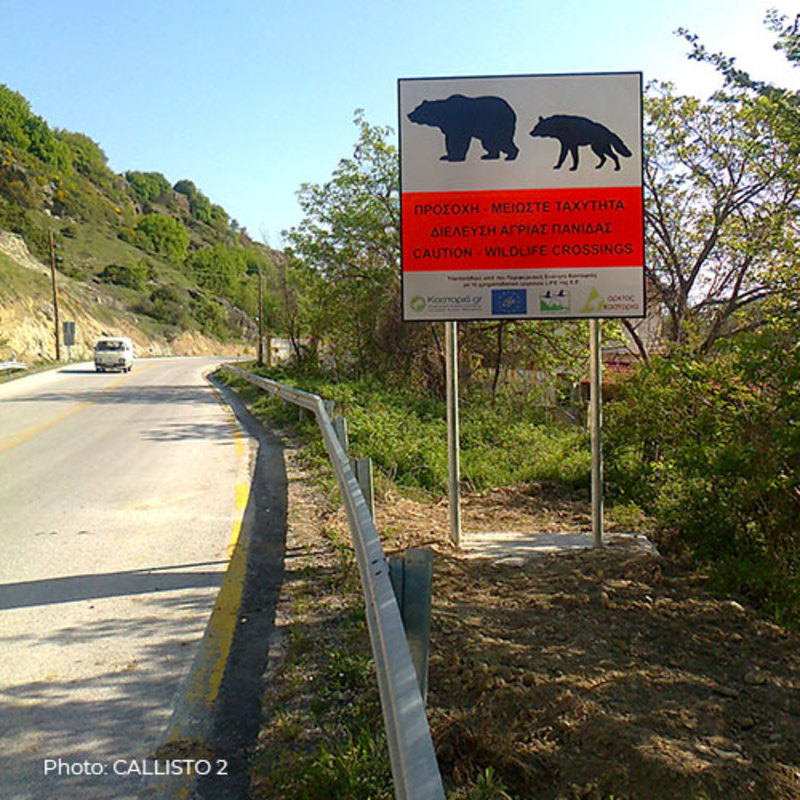
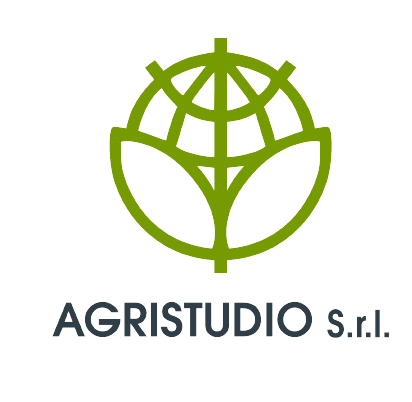





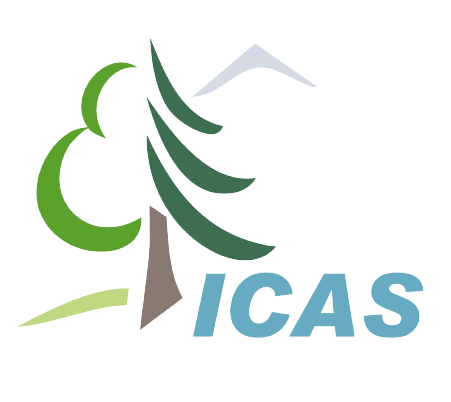



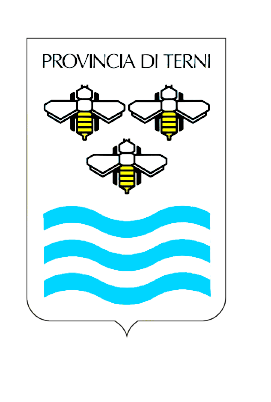
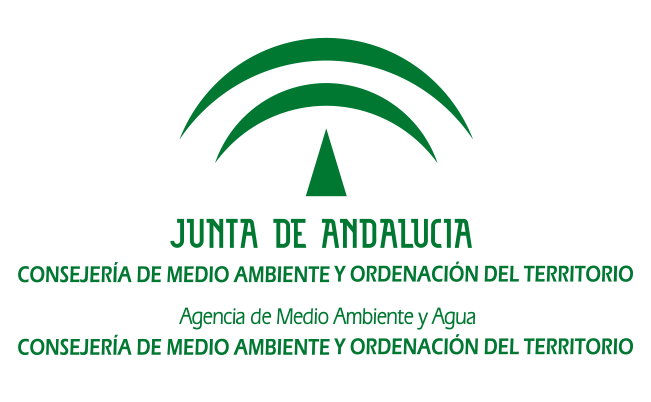
 The project is partially co-funded
The project is partially co-funded